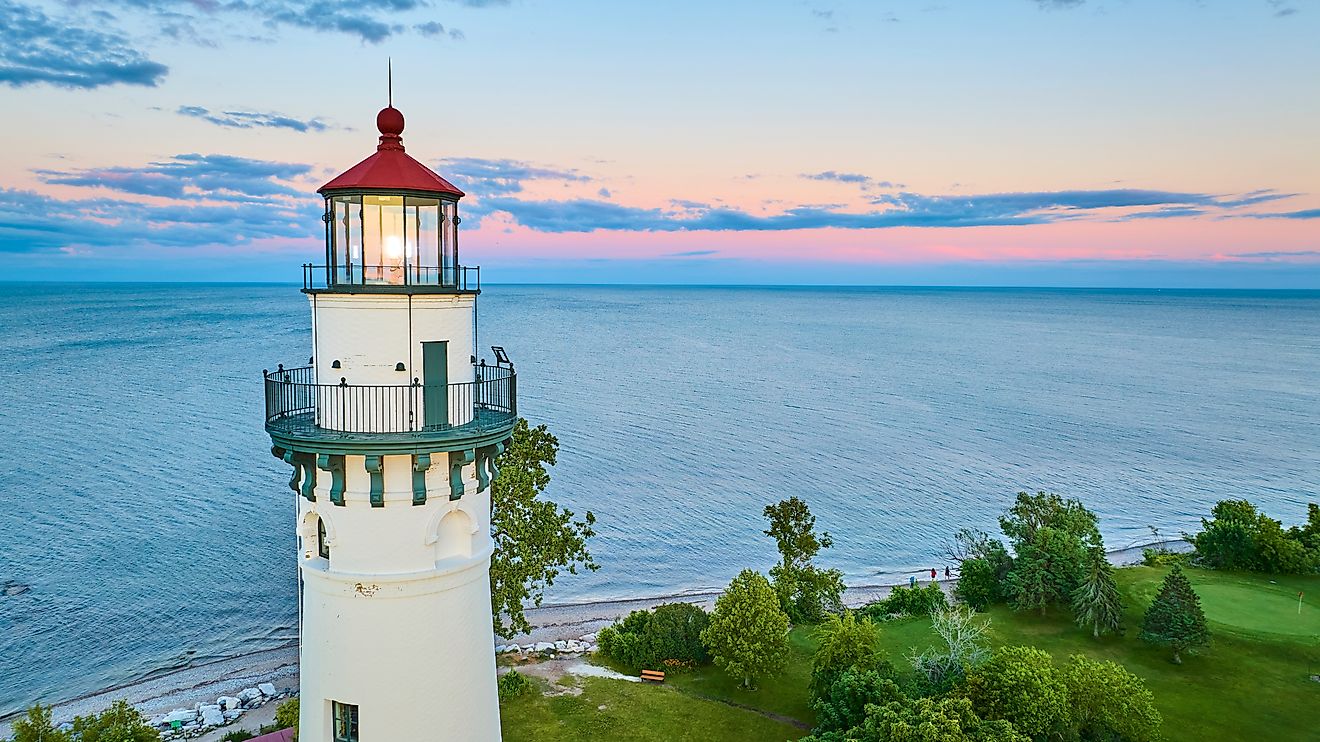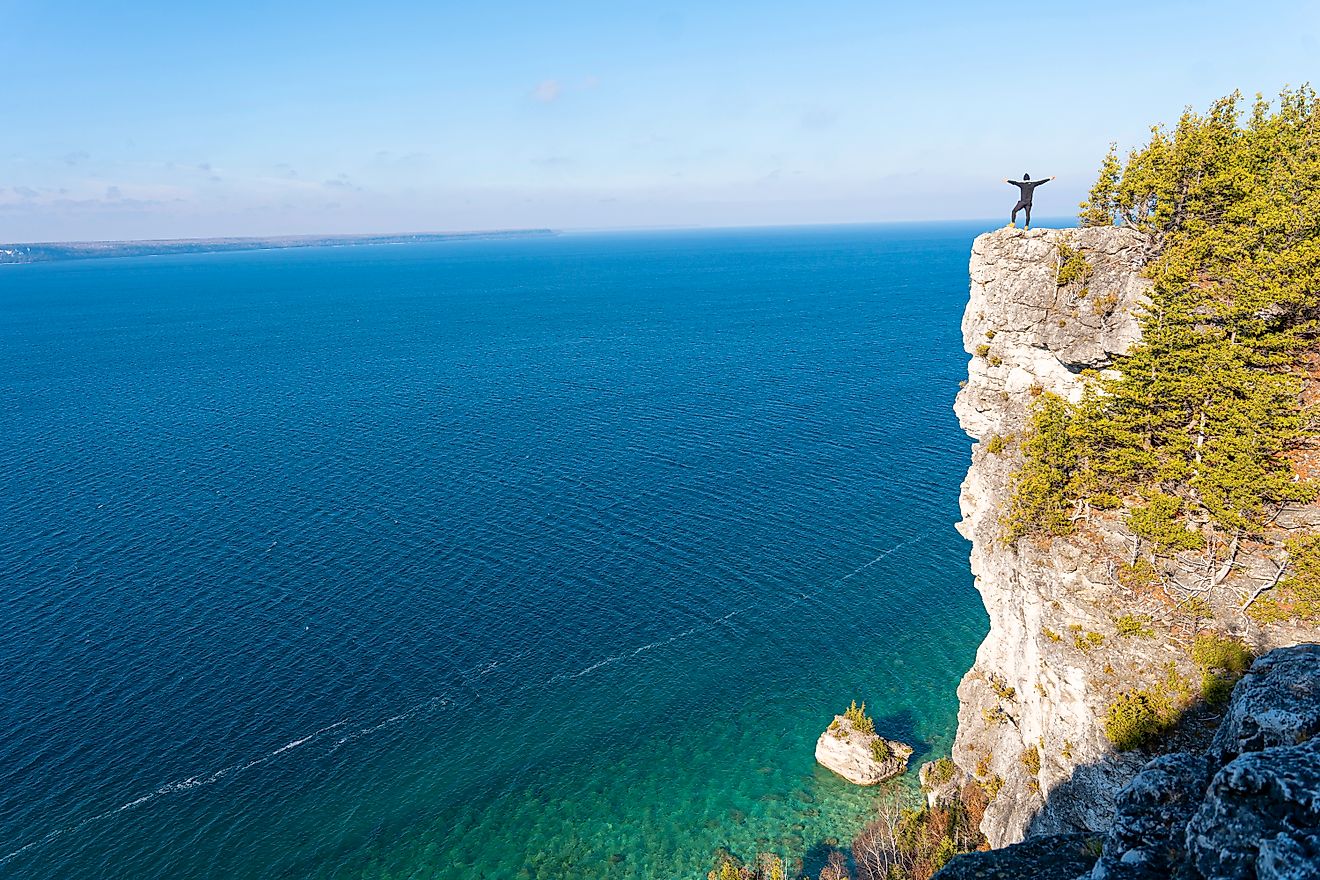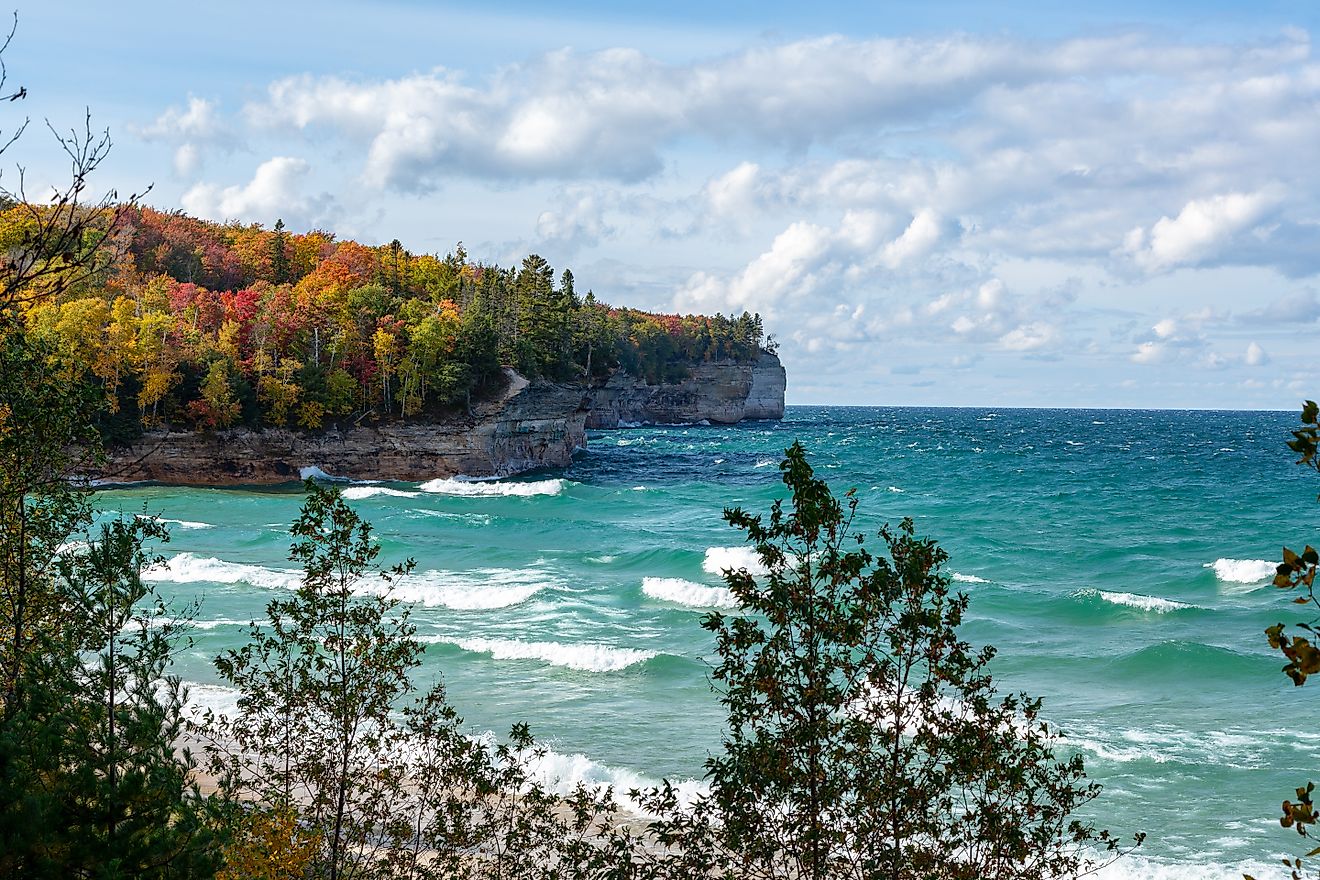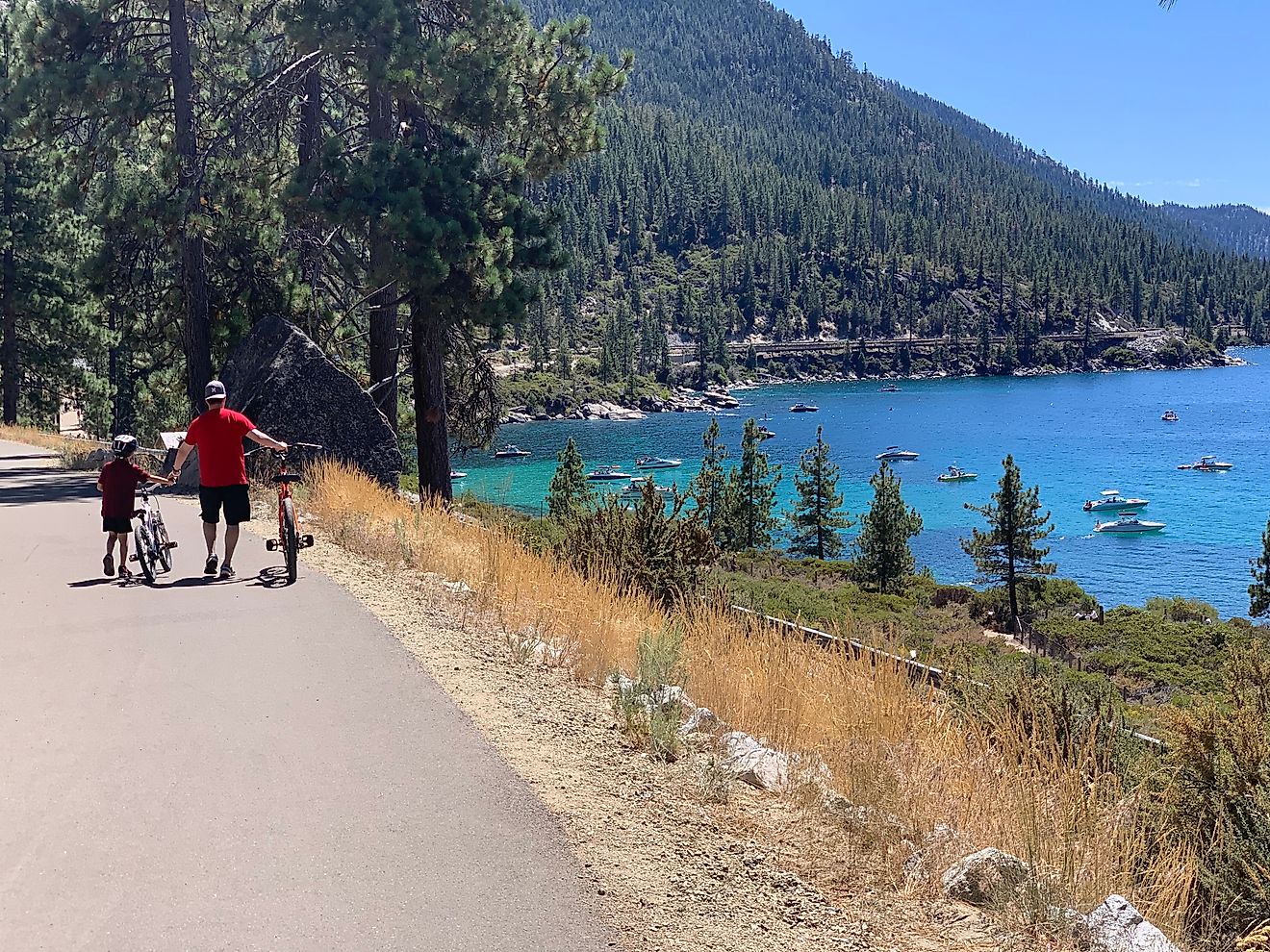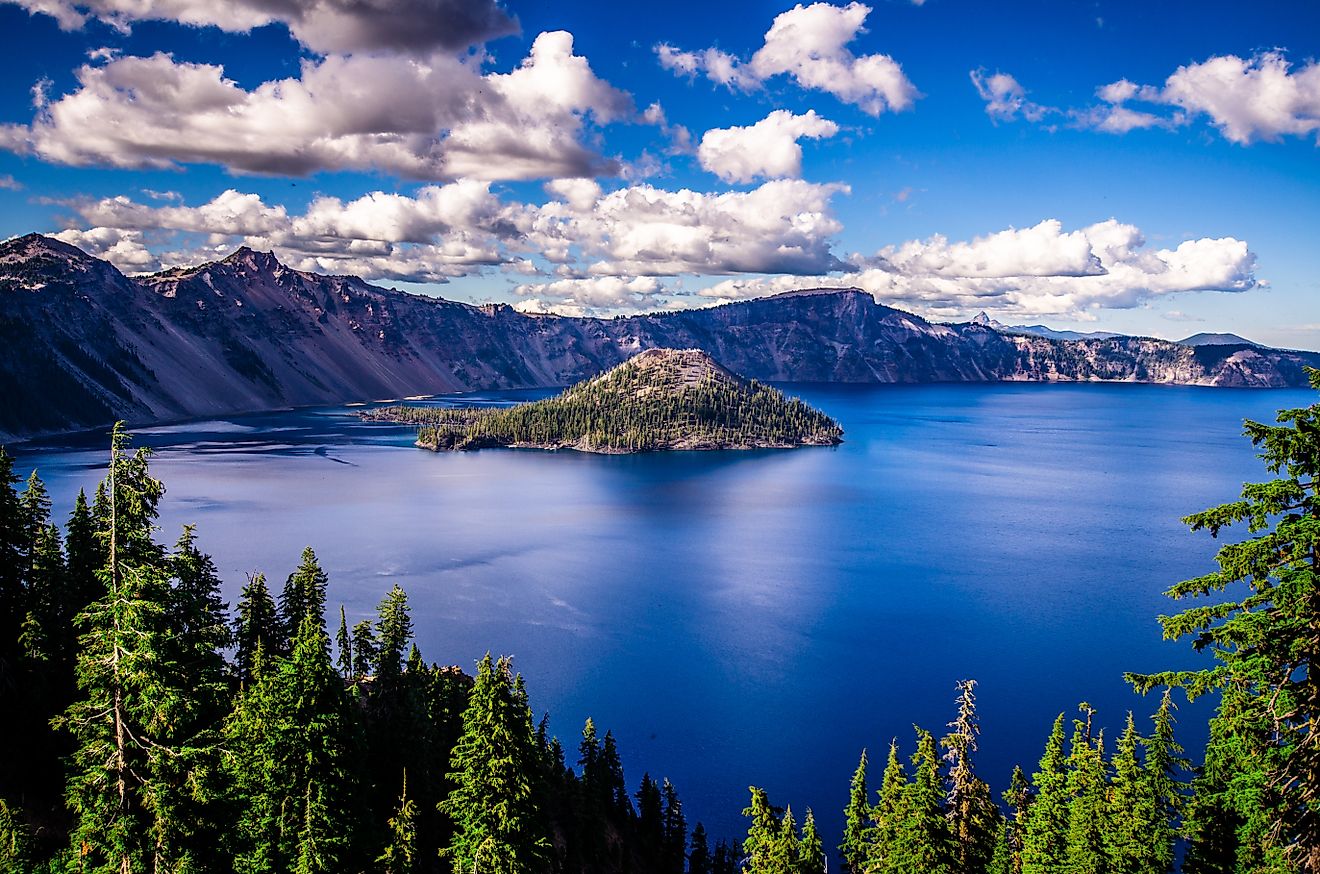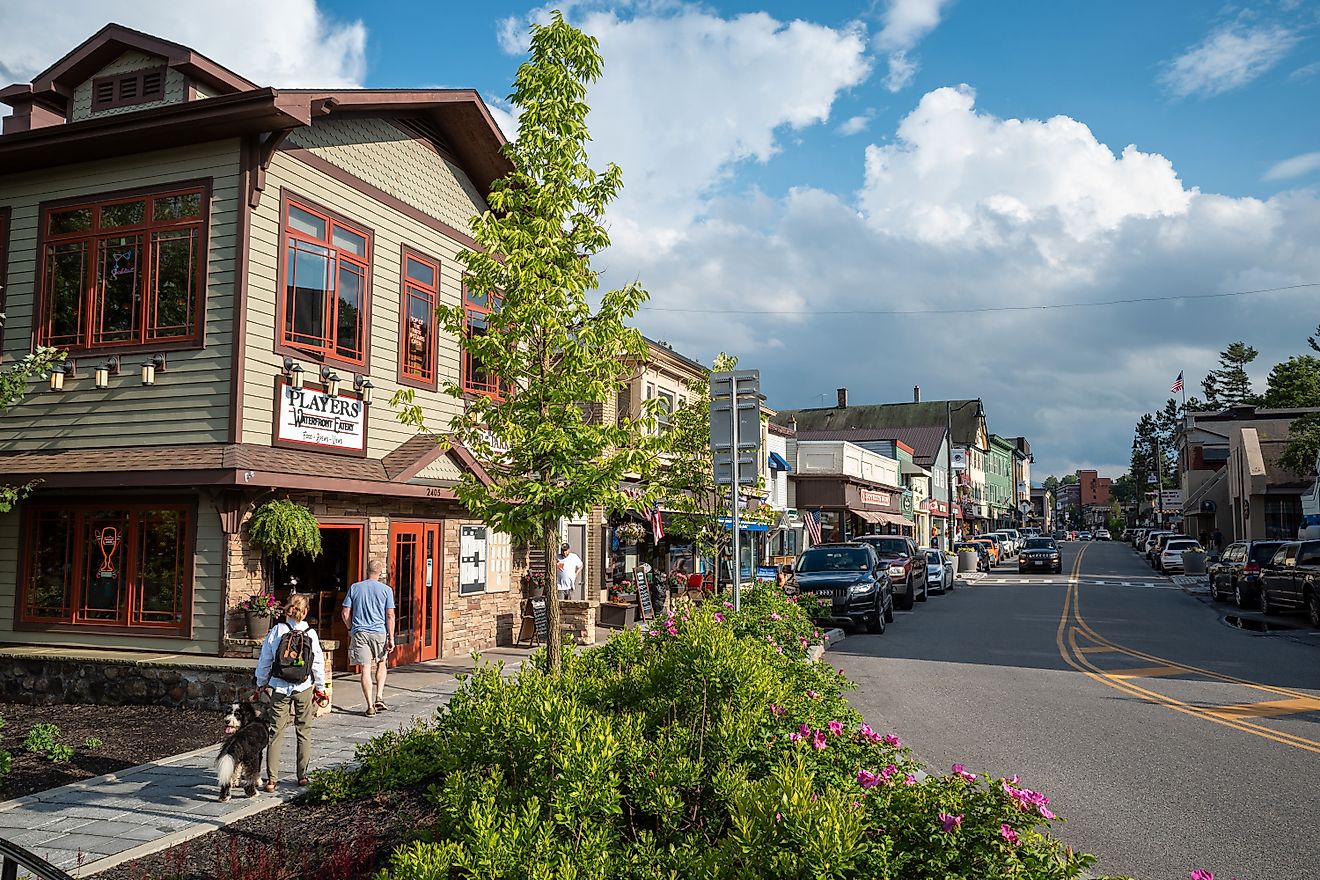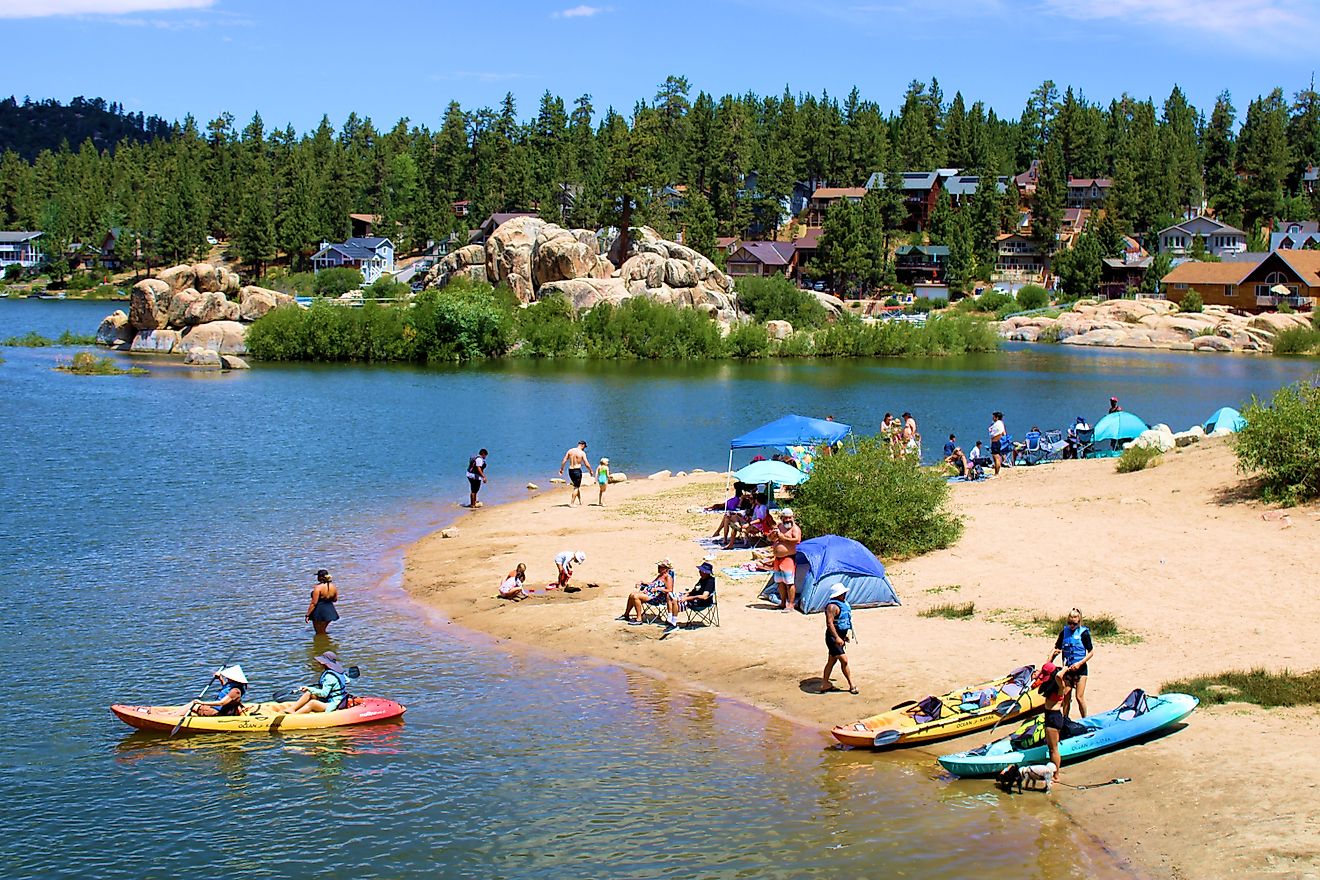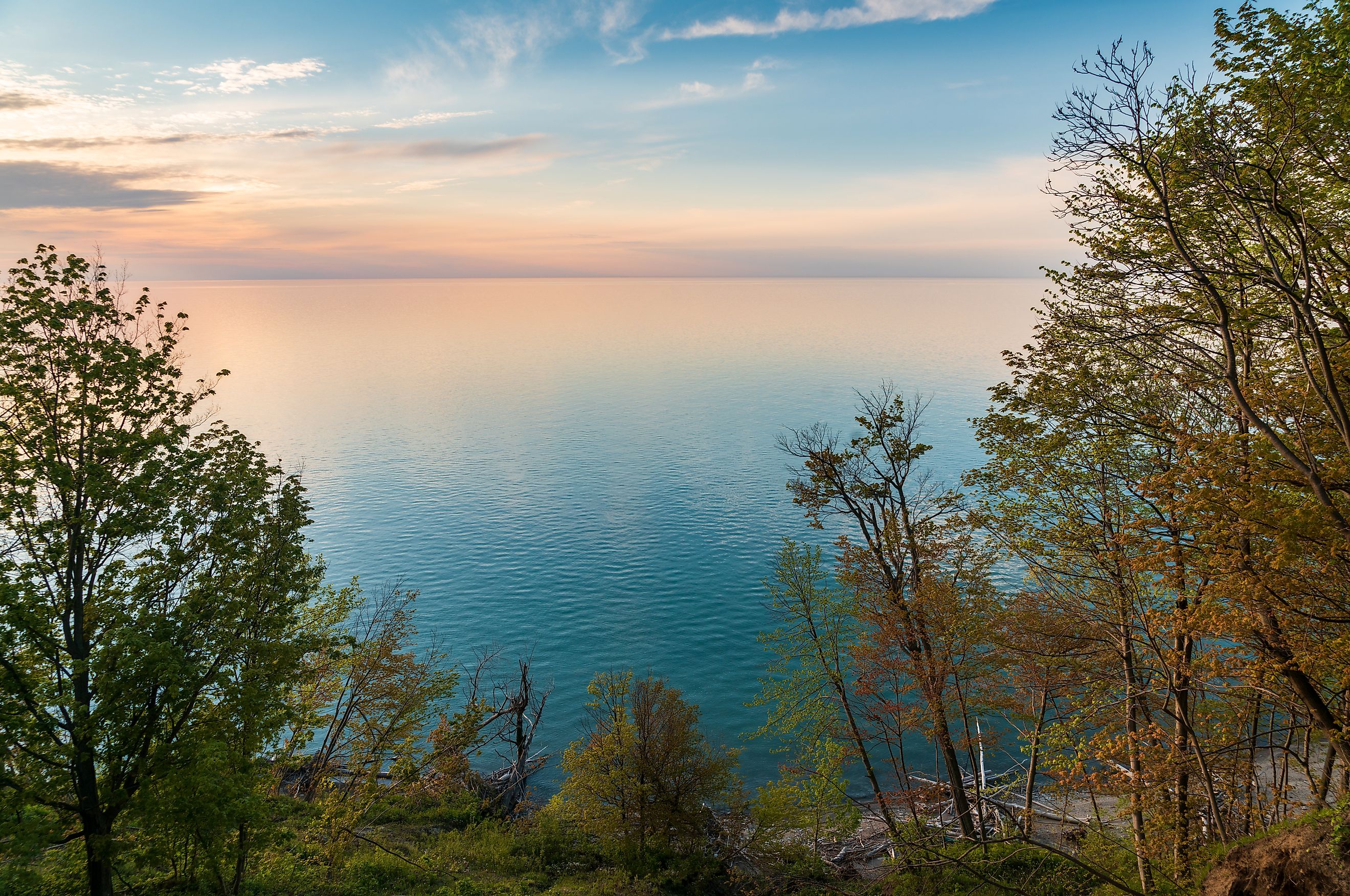
Lake Erie
Tucked between Canada and four US states, Lake Erie is more than a massive body of water—it's a historical artery, an ecological case study, and an economic powerhouse. As the fourth largest of North America's Great Lakes by surface area but the shallowest by depth, Lake Erie has played a pivotal role in everything from early European exploration to modern commerce and environmental conservation. Dive into the physical features, surrounding geography, environmental challenges, and enduring legacy of this iconic lake.
A Border of Nations and States
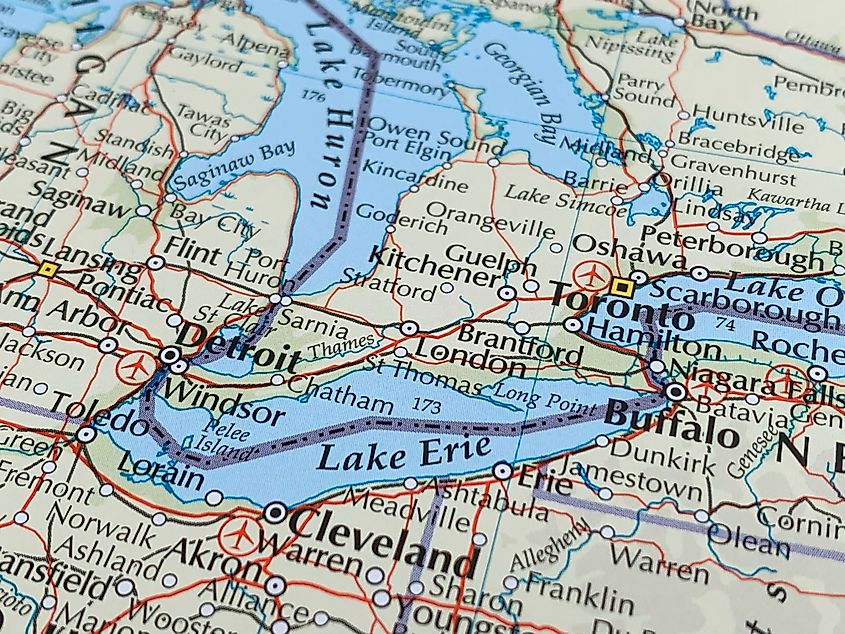
Lake Erie stretches an impressive 241 miles from its western shore near Michigan to its eastern outlet at the Niagara River in New York. With a maximum width of 57 miles and a surface elevation of 570 feet above sea level, the lake marks a critical boundary between Canada’s Ontario province and the US states of Michigan, Ohio, Pennsylvania, and New York.
This international border has historically shaped the development of both nations. On the Canadian side, Ontario towns like Port Colborne and Pelee Island thrive on lake-related tourism and agriculture. South of the waterline, American industrial hubs such as Cleveland, Buffalo, and Toledo owe much of their historical growth to their lake access.
Physical Features and Hydrology
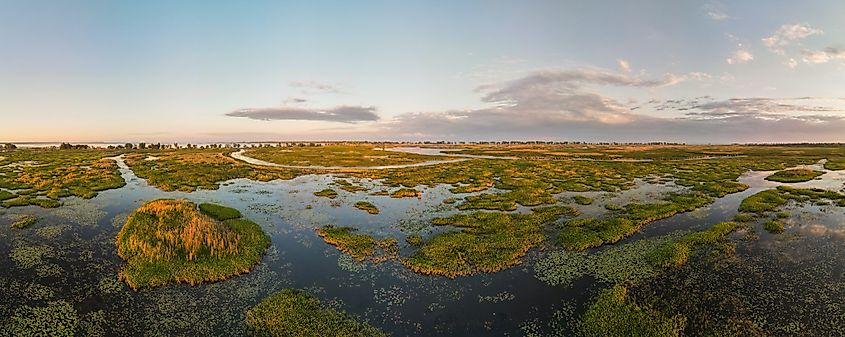
Despite being one of the Great Lakes, Lake Erie is relatively shallow. Its average depth is just 62 feet, with a maximum depth of 210 feet—significantly shallower than its neighbors. This contributes to a relatively short water retention time of 2.6 years, meaning water circulates more quickly through Erie than in the other Great Lakes. This hydrological trait can both aid recovery from pollution and make the lake more susceptible to rapid environmental changes.
The lake receives water from a wide network of tributaries, the most prominent being the Detroit River, which channels the outflow of Lake Huron into Erie. Additional feeders include Michigan’s Huron and Raisin rivers; Ohio’s Maumee, Cuyahoga, Sandusky, Portage, and Grand rivers; Pennsylvania’s Cattaraugus Creek; and Ontario’s Grand River. The lake drains into the Niagara River at its eastern end, continuing the Great Lakes’ flow toward the Atlantic Ocean via the St. Lawrence River.
Islands and Shorelines
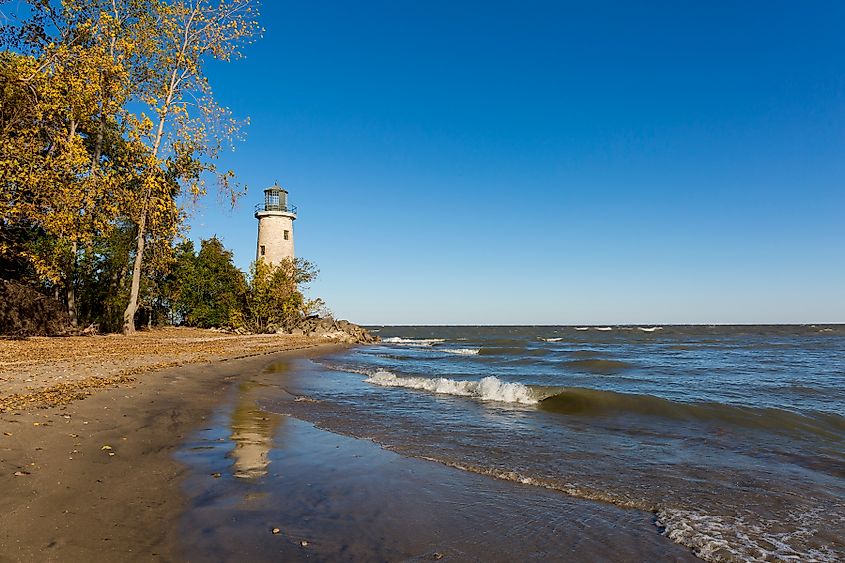
Unlike the other Great Lakes, Lake Erie's islands are concentrated primarily at its western end. Pelee Island, the largest, belongs to Ontario and is a beloved natural retreat. South Bass Island, located in Ohio’s waters, is famous for Put-in-Bay—a resort town that becomes a lively tourist destination each summer.
The shoreline varies significantly. In the United States, long stretches of sandy beaches give way to rocky cliffs and industrial ports. Natural bays were rare originally, but humans engineered harbors at the mouths of streams by building piers, jetties, and breakwaters, transforming them into deep-water access points for freighters.
Industrial and Economic Powerhouse
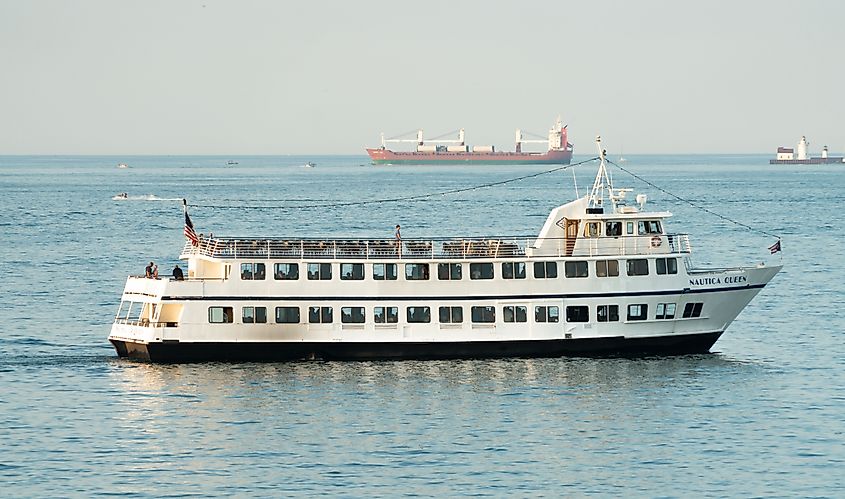
For over a century, Lake Erie has been integral to the economic lifeblood of the region. Its location and navigability made it a vital component of the Great Lakes–St. Lawrence Seaway system, connecting inland markets to the Atlantic.
The lake supports major steel operations in Detroit and Pittsburgh, where raw materials like iron ore and limestone arrive via lake freighters. The Ohio ports of Cleveland, Conneaut, and Ashtabula are key nodes in this network. Toledo processes coal and cargo, while Buffalo remains a vital grain-shipping terminal.
Beyond heavy industry, Lake Erie fuels a thriving commercial fishing sector, recreational boating economy, and increasingly, freshwater tourism along its shores.
Environmental Challenges: From Crisis to Comeback
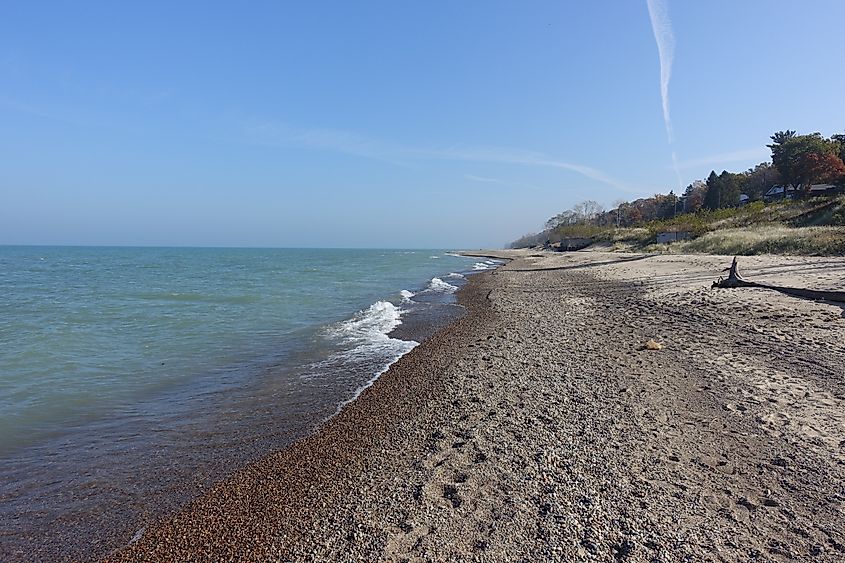
Lake Erie’s shallow depth, while helpful for commerce, also leaves it vulnerable to ecological issues. The 1960s and 70s were a turning point for public awareness, when pollution rendered many beaches unusable and fish populations plummeted. Intense industrial waste, agricultural runoff, and unchecked sewage discharges created a perfect storm of environmental degradation.
Perhaps most infamous are the lake’s harmful algal blooms (HABs), particularly on its western basin near Pelee Island and the Maumee River. These blooms are fueled by nutrient pollution, especially phosphorus from fertilizer runoff, and pose serious risks to drinking water, recreation, and aquatic life.
Decades of environmental regulation, spearheaded by US and Canadian agencies, led to slow but steady improvements. The Great Lakes Water Quality Agreement and the Clean Water Act helped reduce point-source pollution, and many beaches once deemed hazardous are now open to the public. Still, climate change and increasing nutrient runoff remain challenges for long-term lake health.
Ports and Urban Connection
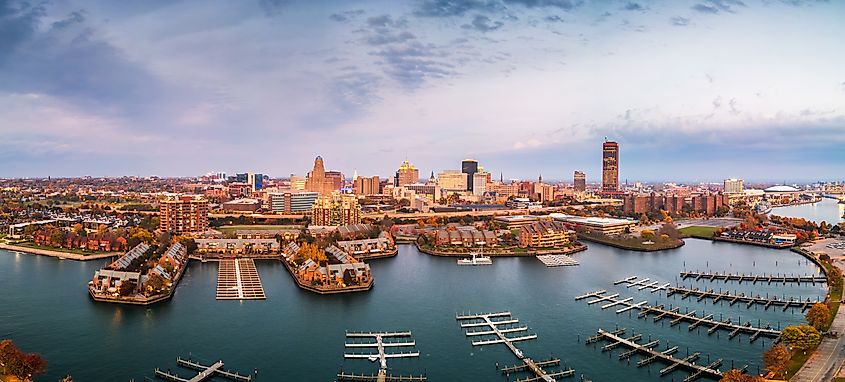
Major port cities along Lake Erie have leveraged their waterfronts in diverse ways. Cleveland has revitalized its shoreline into an urban playground, complete with lakefront trails, cultural attractions, and marinas. Erie, Pennsylvania, offers access to Presque Isle State Park—a curved spit of land that draws millions for its beaches, trails, and birding opportunities.
Buffalo’s harbor, long central to its grain-shipping economy, is now also a cultural and historical hub. Meanwhile, Toledo and Sandusky have leaned into recreational boating, fishing charters, and ferries to the lake's islands.
Lake Erie's urban centers are a testament to the ongoing balance between preserving natural beauty and maximizing economic opportunity.
A Lake Steeped in History
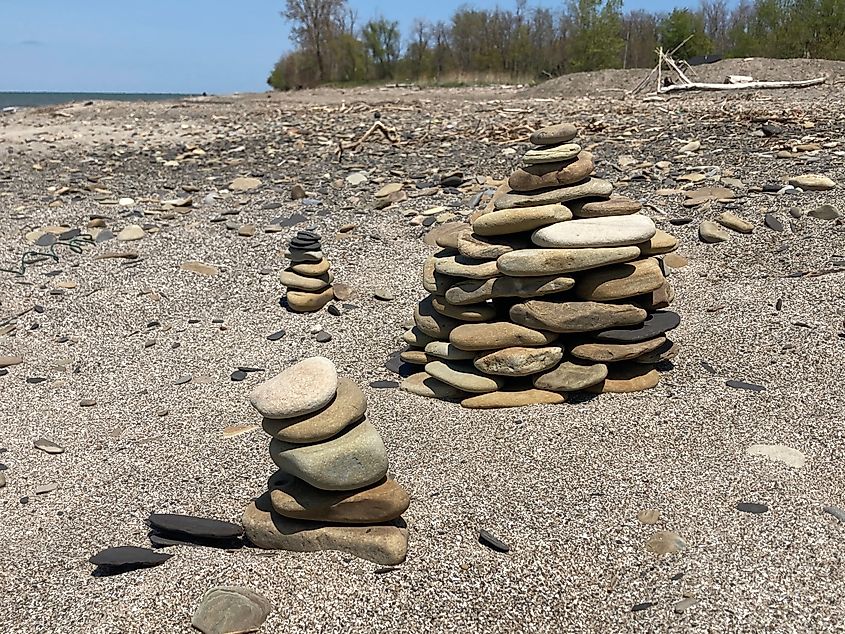
Long before industrial shipping routes crisscrossed Lake Erie, the region was home to the Erie tribe, for whom the lake is named. In the early 1600s, French explorer Étienne Brûlé is believed to have been the first European to encounter its waters. Later, Louis Jolliet documented the lake in 1669.
During the colonial era, the French and British competed fiercely for control of the region’s forts and trade routes. The British eventually gained dominance, capturing key strongholds like Fort Niagara and Fort Detroit in the mid-18th century.
Lake Erie was also a strategic theater during the War of 1812. In the famous Battle of Lake Erie, US Commodore Oliver Hazard Perry defeated a British fleet near Put-in-Bay. His victory ensured American control of the lake and helped secure the Northwest Territory for the United States. A memorial on South Bass Island commemorates the pivotal battle and the legacy of Perry’s iconic message: “We have met the enemy and they are ours.”
Parks and Recreation
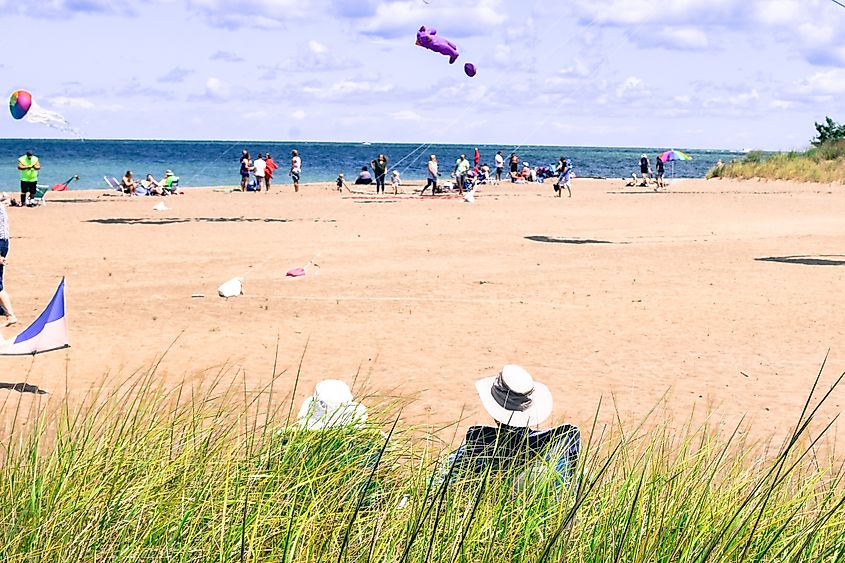
Today, Lake Erie is a recreational magnet. On the Canadian side, Point Pelee National Park offers lush wetlands and serves as a migration hotspot for monarch butterflies and birds. On the American side, Presque Isle in Pennsylvania and South Bass Island in Ohio draw millions with their scenic beauty and family-friendly amenities.
Boating, sportfishing, and beachcombing are especially popular during the summer months. Anglers seek out walleye, perch, and bass, with Erie often referred to as the “Walleye Capital of the World.” Seasonal ferry services provide access to island destinations, and waterfront festivals celebrate the region’s culture and food.
